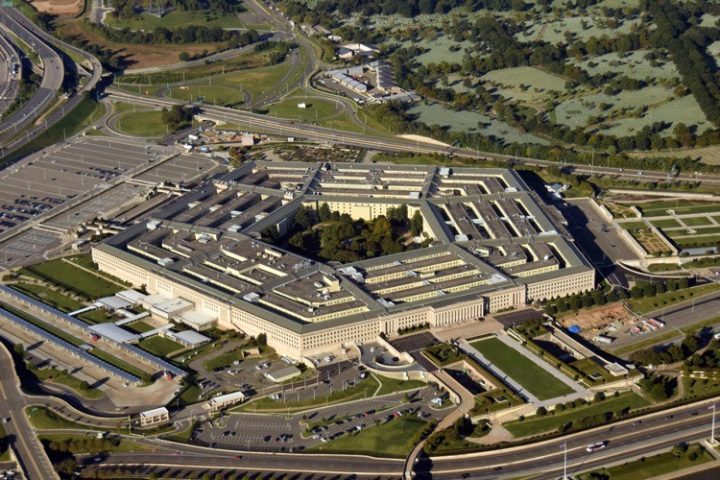
As the Pentagon increasingly anticipates coming to blows with China yet increasingly finds itself outpaced in military buildup by Beijing, it is shifting its focus to technological innovation as the answer to its deficiencies.
As reported by Politico, the Pentagon wants to field thousands of autonomous systems within the next two years under the banner of an initiative known as Replicator, which is to be led by Deputy Defense Secretary Kathleen Hicks.
Hicks formally presented the proposal for Replicator during a speech at the National Defense Industrial Association’s Emerging Technologies for Defense Conference on Monday.
“Industry is ready. The culture is ready to shift. We have to drive that from the top, and we need to give it a hard target,” Hicks said, calling this the right time to scale up the nation’s technology as a counter to China’s ambitions in the Indo-Pacific.
“The great paradox of military innovation is you’re going to have to make big bets and you’ve got to execute on those bets,” Hicks added.
The Pentagon has set a window of 18 to 24 months, during which it aims to have thousands of autonomous systems established across various domains as part of Replicator.
Hicks did not give specifics on what those systems entail, asserting that she does not want China to catch wind of the details and assuring that the Pentagon will “say more as we get to production on capabilities.” It is believed that the systems developed under Replicator could include aerial drones and unmanned ships. Proponents of these technologies argue that drones are faster and less expensive than other weapons systems and put fewer troops in harm’s way.
Defense officials have their eyes on Taiwan, which they fear could be the target of an invasion by China within a decade once Beijing has strengthened its military forces sufficiently. As a result, the Pentagon is pushing to expand the nation’s industrial base in order to replenish missiles and other weapons that have been shipped off to Ukraine and which would be essential in a conflict involving Taiwan.
Hicks said she sees Replicator as a way of creating a template for fielding military technology rapidly in the future.
“The pieces that work well, they can be replicated throughout the department where they see what we’ve been able to do,” she said. “So if it’s cutting years off of a process because we’ve got the standards figured out and right. If it’s because there’s a lack of communication between two components and we fixed that problem, that kind of speeding can happen through this formal process.”
Politico further reported:
Hicks predicted the price tag would be in the hundreds of millions of dollars rather than billions of dollars. She noted that the Pentagon is harnessing many programs that are already underway, but added the Pentagon may need to “augment” some spending.
“Dollars are not the major challenge,” Hicks said. “Getting the production up and running and getting it at scale is.”
Ironically, while the Pentagon under Biden is scrambling to play catch-up with China, it is the administration’s actions that have contributed to the growing disparity between the military capacities of the United States and Beijing.
As The New American previously reported, the federal government under Biden is making budget cuts that will result in the premature retirement of nearly a dozen ships while also removing missile systems that currently deter Chinese aggression at sea.
The Biden budget will cause the loss of 600 vertical missile systems and retire at least 11 ships, while only ordering the building of nine new ones. This puts the United States at a numerical disadvantage to Beijing.
Currently, the United States has 294 battle force ships, which is lower than the 355 the country is supposed to have by law. Meanwhile, China has a fleet of 340 ships and is expected to have more than 400 by 2025 — part of a plan for fast growth that also includes supplying its military with a fresh stock of surface combat missiles and guided-missile destroyers.
The budget also cuts spending on naval reactors by 5.6 percent, or $1.96 billion over last year’s budget. Naval reactors are used to power nuclear submarines.
Furthermore, Biden’s budget tosses aside the Marine Corps’ request for at least 31 more amphibious warships — three of which are being retired — which would play an important role in a potential war with China. The Pentagon has reportedly balked at the idea of shifting focus away from the Middle East and toward the Pacific.
Meanwhile, China and Russia have been strengthening their ties with a growing number of nations. Back in February, they made waves when they conducted joint naval drills with South Africa along off that country’s coast.
Thus, America’s traditional military capacity is in decline, as is its manpower. Will the Pentagon’s attempt to make up for this with automated technology be successful or fail in the face of numerically superior Chinese seapower?




